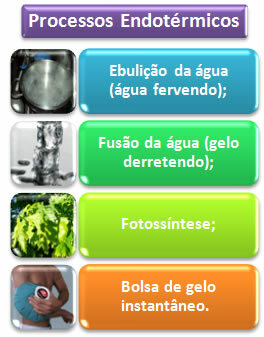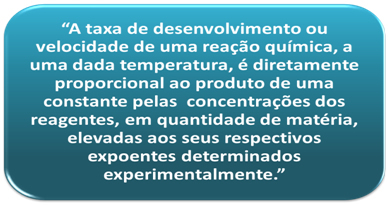A chemical equation is understood as the description of chemical processes, in which the reactants and products participating in a reaction are shown:
C + O2→ CO2
Product Reagents
For a chemical bond to occur, there must be a break in existing bonds in the reactants, and the formation of new bonds in the products. This process involves the study of the energy variation of reactions.
The supply of energy allows the breaking of the binding of reagents (endothermic process), whereas the formation of bonds in the product is an exothermic process because energy is released.
Binding energy is that released in the formation of the product and is numerically equal to the energy absorbed in breaking this bond, so the binding energy is defined for the breaking of bonds.
In summary: Bond energy is the energy absorbed in breaking 1 mole of bonds, in the gaseous state, at 25 °C and 1 atm.
See now an example of how to get the binding energy of reactions:
HCl (g) → H (g) + Cl (g) ∆H = + 103.0 Kcal/mol
Do not stop now... There's more after the advertising ;)
The equation above shows that to break the bonds into 1 mole of HCl molecules (g) and form 1 mole of HCl atoms H(g) and 1 mol of Cl atoms (g), 103.0 Kcal are needed, ie the binding energy of HCl (g) = + 103.0 Kcal/mol.
Bond stability: the higher the bond energy, the more stable the bond. Example:
If the following binding energies are given:
H2O (1) → H2 (g) + O (g) ∆H = + 110.6 Kcal/mol
HBr (g) → H (g) + Br (g) ∆H = + 88.0 Kcal/mol
What would be the most stable bond, the one present in HBr or in H2O?
The water binding energy (H2O) has a higher value than HBr, so it has greater stability.
By Líria Alves
Graduated in Chemistry
Would you like to reference this text in a school or academic work? Look:
SOUZA, Líria Alves de. "Binding Energy in Chemical Equations"; Brazil School. Available in: https://brasilescola.uol.com.br/quimica/energia-ligacao-equacoes-quimicas.htm. Accessed on June 28, 2021.


